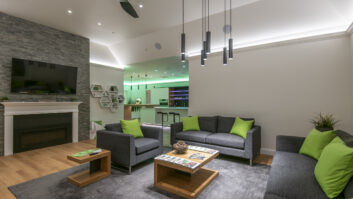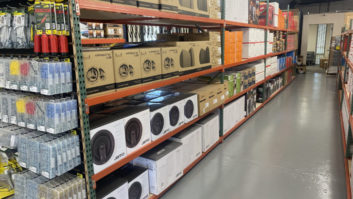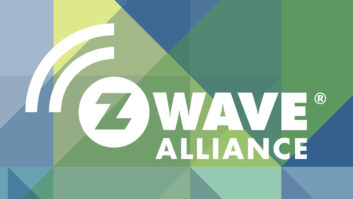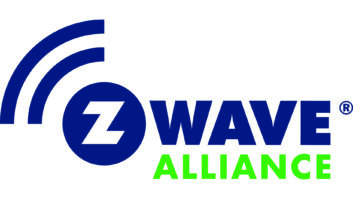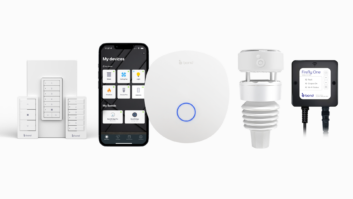Mountain View, Calif. – WiFi certified 802.11g products are expected to appear at retail this summer, soon after the WiFi Alliance ratifies the specification.
Wireless IEEE 802.11g products must incorporate multiple 802.11g options as a condition for gaining interoperability certification from the WiFi Alliance, which expects to begin certifying products soon after the IEEE’s expected ratification of the ‘g’ standard in late June.
Alliance chairman Dennis Eaton said the first WiFi-certified ‘g’ products will probably appear on store shelves by the end of July. Suppliers that print the optional WiFi certification logo on the packaging of a ‘g’ product will have to print a capability label outlining the device’s compatibility with wireless 802.11a and 802.11b products, he noted.
The time between the IEEE’s ratification of the standard and the first WiFi certification tests will be short, Eaton explained, because the WiFi Alliance is developing its test procedures based on the IEEE’s 6.1 version of the ‘g’ standard, which has already been sent to members for a vote. ‘We expect no more significant technology changes,’ Eaton said. ‘Changes will be mainly editorial in nature.’
Under the testing regimen, WiFi-certified ‘g’ products must incorporate two major features that are optional under the IEEE standard, Eaton said. One is speed-related; the other is interference-related.
In its 2.4GHz-band 802.11g standard, the IEEE will require data rates up to 24Mbps and will leave it up to suppliers to offer data rates of 36, 48, and 54Mbps. To be WiFi-certified, however, a ‘g’ product must deliver the faster data rates, enabling ‘g’ products to match the 54Mbps rate of the IEEE’s 5GHz-band 802.11a standard. The 802.11b standard has a data transfer speed up to 11Mbps.
WiFi certification will also require ‘g’ products to incorporate an IEEE option that reduces interference between ‘b’ and ‘g’ products operating on a hybrid network. Certified ‘g’ products will send out a ‘coordination signal’ to ‘b’ products that a ‘g’ device is about to transmit packets over a particular channel. The ‘b’ device will then wait its turn to prevent data collisions that would have otherwise created millisecond delays in the transmissions of both devices.
The IEEE isn’t completely laissez-faire. The engineering organization will require ‘g’ products to be backward compatible with ‘b’ products, given that they both operate in the 2.4GHz band. Neither IEEE nor the alliance, however, will require 2.4GHz ‘g’ products to be compatible with 5GHz ‘a’ products.
If suppliers want to offer a WiFi-certified dual-band ‘a/g’ product, the product must be capable of band-to-band handoffs so that users can roam between 2.4GHz and 5GHz networks, Eaton said. Hand-offs are already part of WiFi’s certification tests for dual-band a/b products.
In other comments, Eaton said about six suppliers have already begun shipping ‘g’ product based on the 6.1 draft. Those suppliers contend that any changes made to the standard can be implemented through a software download.
Suppliers who want ‘b’ certification for a pre-standard ‘g’ product must display the ‘g’ capabilities label if they want to print the WiFi logo on the packaging, the association said. That label, however, would indicate that the association doesn’t certify the device’s interoperability with other ‘g’ devices.





